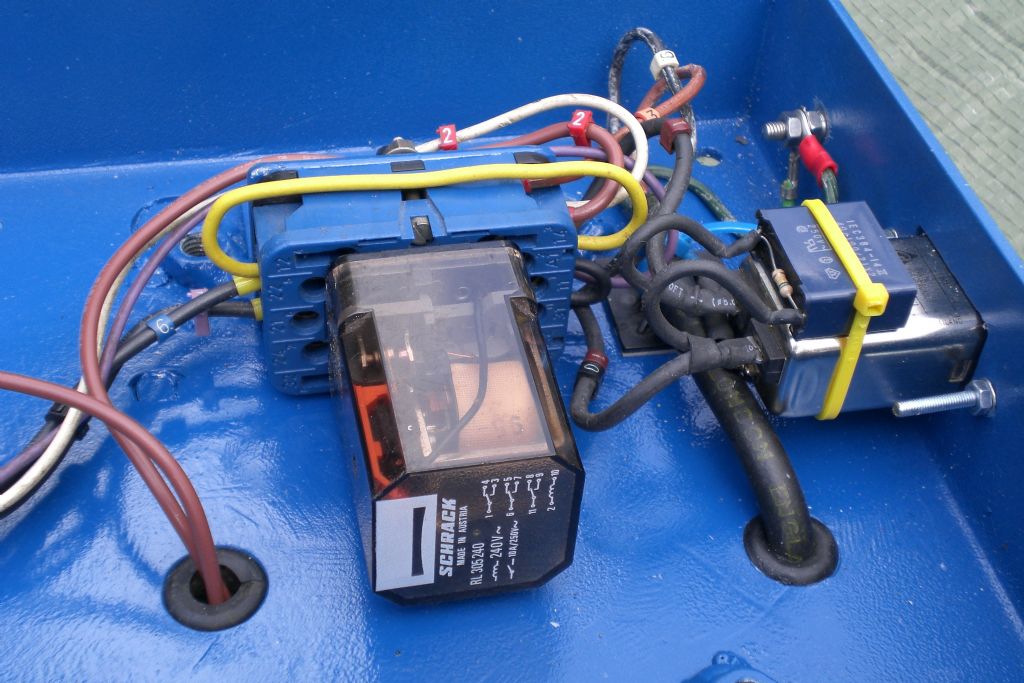Hello Steve, I think this might answer your questions, should you have any other question feel free to contact me.
Here in UK we don’t under normal circumstance ever switch the Neutral, all our lighting circuits are switched lives. All Three phase motor circuits are three phases only, neutral not needed.
Both Poles in single phase motor system are switched, but I’m not sure of your electrical system in Norway, possibly you switch both HOT wires. Maybe a North American/Canada reader might enlighten us all on how they go on. I know they have 120 and 220 for heavier loads.
Les, Phil and Peter are quite right in what they say.
Answering your question in Para. 3. Yes, here in UK we switch both live and neutral in single phase motor circuits. I think you would do the same in Norway on your 220 volt two hot wire system, but not sure.Ted
Para. 4. You don’t need a neutral in a 400 volt three phases motor system. Regarding no volt release, over load protection, these are part and parcel of the normal motor starters, found in run of the mill applications
single phasing, such as home workshops. The other facilities such as single phasing monitoring are only found on the expensive industrial drives
You didn’t say the size of your machine motors, be generous with the cable size. Motors can cause a large voltage drop when starting up together with a large initial current surge, up to 8 times normal running current.
I suggest you consider reconnect the motors in Delta, so that they will run on 220 volt three phase, usually it’s only a matter of moving links around in the terminal box, from the horizontal to vertical positions, not a big job.
For an explanation, draw yourself three coils in a Y, shape. Call one coil V the next U and the third W, each coil must have a start and finish on its windings. The centre part of the Y is where all the start ends are connected ( normally known as the one ends and star point) obviously now the outer must be the two ends, this is where we connect the 400 volt three phase from the electric mains, via switch gear and starter, this now known as STAR connected motor.
So you have V1 & V2, U1&U2, and W1&W2.
Now draw a delta shape, label the coils V, U, and W , start at the bottom left hand side V1, the obviously its top must be V2 which connect to W1, the other end of
W1 is W2 which connects to U1, finally U2 connects to V1.The motor is now 220 volt three phase, connect the 220 volt three phases from the mains supply to the outer points. If you connect your motors as I described above you could control them via inverters then you would have speed control as well.
Les Jones 1.





